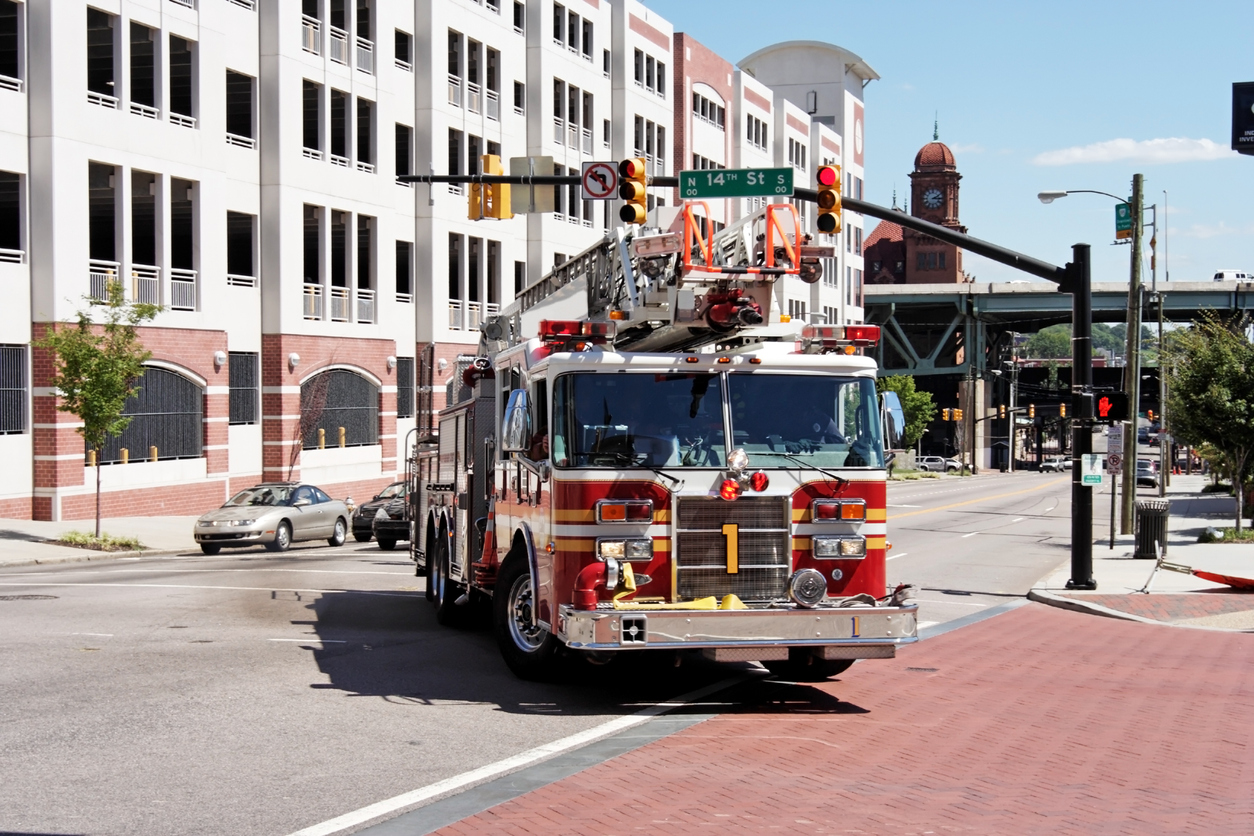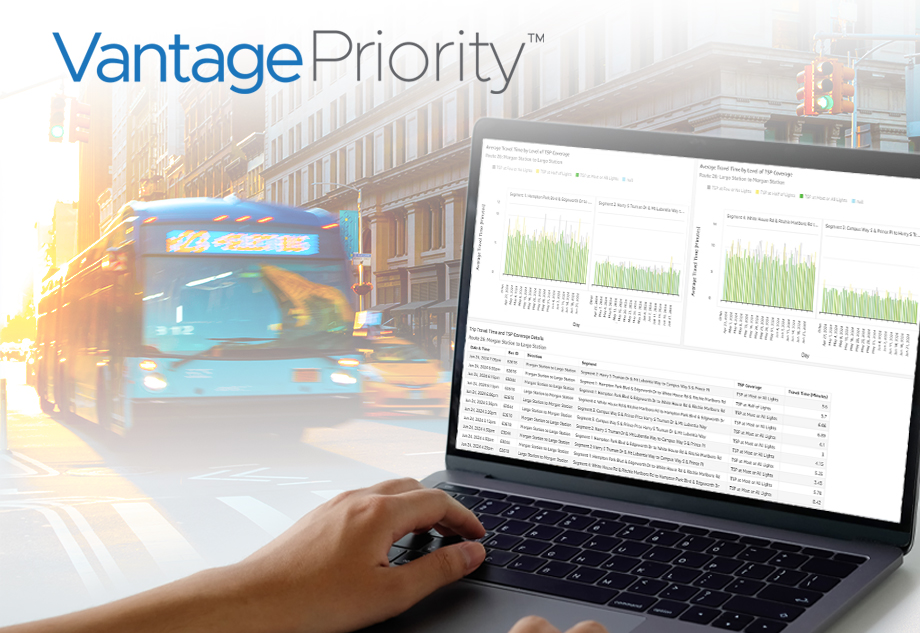
Expanded AI and Sensor Fusion 2.0 Now Available in Vantage Apex

At Iteris, we’re always looking for ways to make our detection systems work harder, smarter and more intuitively for our customers. With our latest firmware update for Vantage Apex, we’re raising the bar once again.
This release introduces Sensor Fusion 2.0 — a significant upgrade to the first-generation fusion algorithm launched last year — and dramatically expands our AI-based object classification capabilities, unlocking real-time insights and control strategies for traffic agencies.
Sensor Fusion 2.0: Built for the Real World
Building on the foundation of our first-generation fusion algorithm, Sensor Fusion 2.0 delivers even stronger performance in tough conditions like fog, snow, glare, and low light—so your system continues detecting accurately even when visibility is poor.
This enhanced algorithm is available to agencies using Vantage Apex or Vantage Next systems in combination with the Vantage Vector hybrid sensor. By combining radar and high-definition video, Sensor Fusion delivers more accurate, reliable detections in real-world roadway environments.
With this update, customers will also see a new on-screen icon that confirms when Sensor Fusion is actively engaged — offering added visibility and peace of mind that the system is working when it matters most.
There’s nothing to configure — Sensor Fusion 2.0 is always on and available via firmware update for the following systems:
- Vantage Apex – Firmware x.03SP1
- Vantage Next – Firmware x.26SP1
Download firmware on the Iteris Resource Center.
Expanded AI Classifications: Eight Output Classes, Limitless Possibilities
This firmware update also introduces a major leap forward in AI-based object classification for Vantage Apex. We’ve doubled the number of road user types the system can detect — from four to eight — giving cities, counties and state DOTs even greater flexibility and control.
The system now automatically classifies and tracks road users across a wider range of classes, including:
- Motorcycle
- Passenger Car
- Truck
- Bus
- Semi-Truck
- School Bus
- Bicycle
- Pedestrian
There’s no configuration needed — the system begins classifying right away across the entire field of view. And with programmable outputs for each class, agencies can create customized signal strategies that improve mobility, safety and infrastructure performance.
Real-World Use Cases for AI Classification Outputs
This isn’t just about better data — it’s also about real operational improvements. For example, with programmable outputs now available for all eight road user classes, agencies can:
- Extend green time for heavy trucks to minimize stop-and-go traffic through signalized small towns, reducing emissions and wear on local roads.
- Prioritize bus and BRT vehicles to improve transit reliability and service efficiency.
- Trigger Iteris’ SmartCycle Bike Indicator or other safety features for cyclists — even those who dismount or approach outside traditional detection zones.
- Support freight corridors and commercial deliveries by adapting signal timing for larger commercial vehicles.
Detection You Can Trust
At Iteris, we build technology that reflects the real-world complexity of today’s intersections. Our proprietary AI algorithms are trained on more than 147,000 real-world images, collected from thousands of intersections across a wide variety of locations, traffic patterns, and environmental conditions.
Unlike generic, off-the-shelf models, our AI is trained on data from our own detection systems — with diverse geometries and field-of-view configurations — to ensure peak performance in the environments where you operate.
Want to learn more about this release or upgrade your system?
Visit the Iteris Resource Center today to download the latest firmware, or contact your Iteris representative to discuss how these enhancements can support your agency’s goals.
 X
(Twitter)
X
(Twitter)
 Facebook
Facebook LinkedIn
LinkedIn Copy
Link
Copy
Link Email
Email

